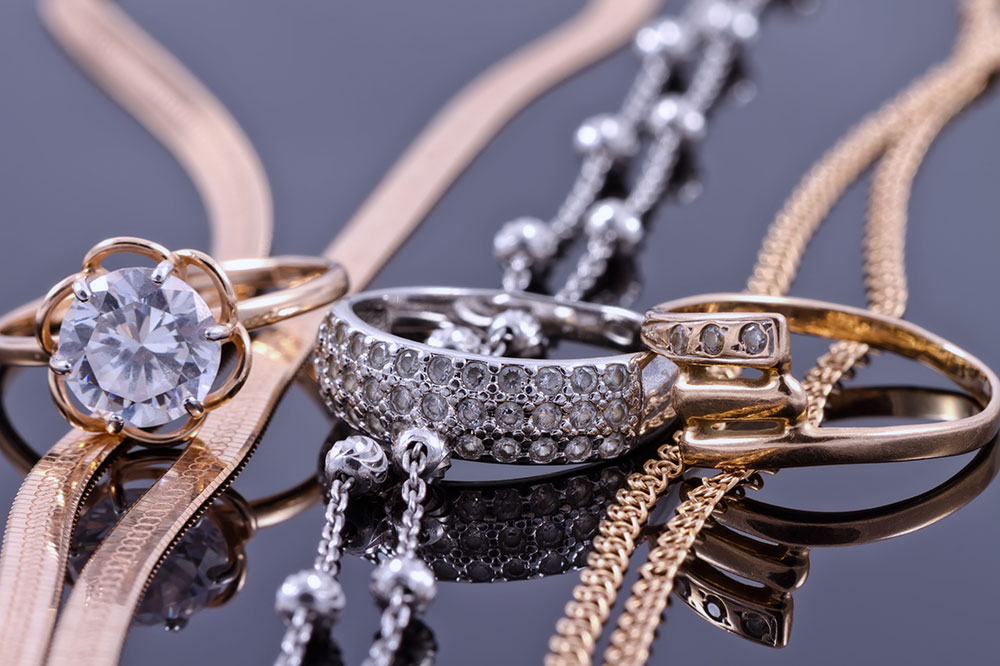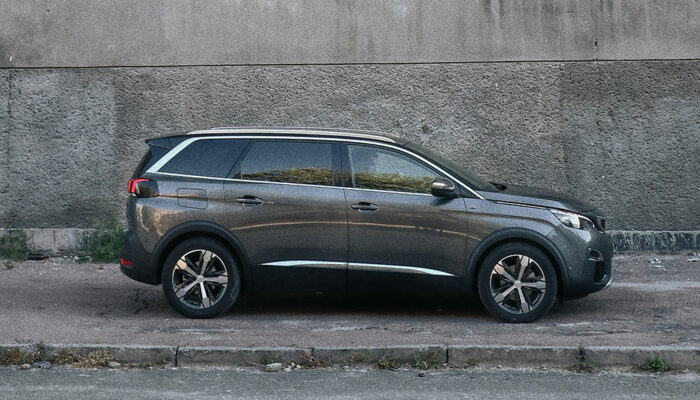4 factors to consider before investing in precious metals

Investing in precious metals has long been popular for individuals looking to diversify their portfolios and protect their wealth. Precious metals like gold, silver, platinum, and palladium have a reputation for retaining their value and serving as hedges against economic uncertainties. However, before diving into the world of precious metal investments, there are essential factors to consider. Here are four key things one should know before investing in precious metals.
Types of precious metals
When considering precious metal investments, it’s crucial to understand the different types of metals available:
Gold : It is one of the most sought-after precious metals for investment. It has a long history of retaining value and is often used as a haven during economic downturns. Gold is available in the form of coins, bars, and jewelry.
Silver : Another popular choice for investors, silver tends to follow gold’s price movements but can be more volatile. Silver is available in the form of coins, bars, and industrial applications.
Platinum : Platinum is rarer than gold and silver, making it a unique investment option. It is often used in the automotive industry, which can impact its price. Platinum is typically available as bars and coins.
Palladium : Palladium is a lesser-known precious metal, but its value has been rising due to increased demand in the automotive and technology sectors. It is available in the form of coins and bars.
Storage and security
Once someone invests in precious metals, they must think about how and where to store them securely. Here are some considerations:
Home storage : Some investors prefer to keep their precious metals at home in a safe or secure storage facility. While this provides direct access, it comes with security risks.
Professional storage services : Many investors store their metals in professional vaults or depositories. These facilities offer advanced security measures, insurance coverage, and protection against theft or damage.
Insurance : Regardless of where one stores their precious metals, they must consider insuring them. Insurance provides an added layer of protection in case of unexpected events. Proper storage and security measures are vital to safeguard investments.
Market liquidity and dealers
Precious metals markets can be highly liquid, allowing one to buy and sell metals relatively easily. However, it’s essential to work with reputable dealers and understand market dynamics:
Reputable dealers : When buying precious metals, choose established and reputable dealers. Check for reviews, certifications, and customer feedback to ensure dealing with a trustworthy source.
Market dynamics : Economic conditions, geopolitical events, and supply and demand can influence Precious metal prices.
Buy and sell spread : Be aware that there may be a spread between the buying and selling prices of precious metals. This spread represents the dealer’s profit margin and can vary among sellers.
Diversification and risk tolerance
Precious metals can be an excellent addition to a diversified investment portfolio, but they should not be the sole focus. Consider overall investment strategy, risk tolerance, and financial goals:
Diversification : While precious metals can act as a hedge against economic instability, it’s essential to diversify investments across various asset classes, such as stocks, bonds, and real estate, to spread risk.
Risk tolerance : Understand the risk tolerance and investment timeline. Precious metals can be volatile, and their prices may fluctuate. Ensure that the investment aligns with the risk tolerance and long-term financial objectives.
Financial goals : Determine the investment goals. Is it for long-term wealth preservation, protection against inflation, or short-term speculative gains? The goals should drive the investment strategy.





